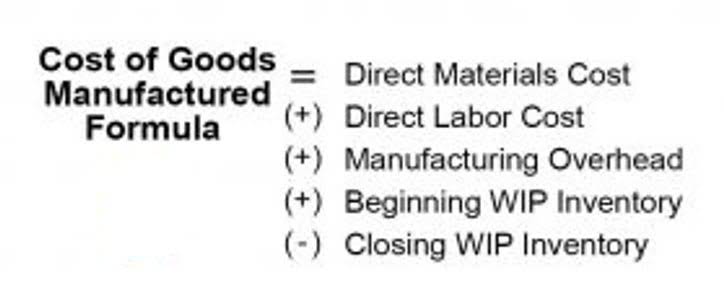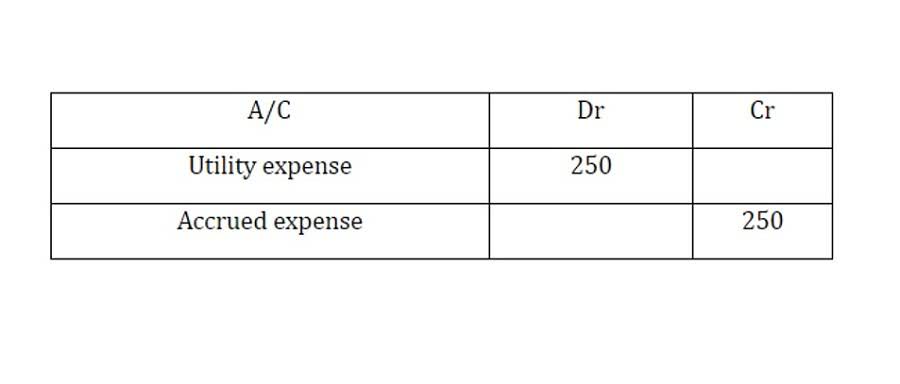
Let us try to understand the concept with a contribution margin example. In Cost-Volume-Profit Analysis, where it simplifies calculation of net income and, especially, break-even analysis. Accounting for Marketing Agencies Get instant access to video lessons taught by experienced investment bankers. Learn financial statement modeling, DCF, M&A, LBO, Comps and Excel shortcuts. One common misconception pertains to the difference between the CM and the gross margin (GM). Managerial accountants also use the contribution margin ratio to calculate break-even points in the break-even analysis.
Contribution Margin for Investors
The contribution margin is a measurement through which we understand how much a company’s net sales will contribute to the fixed expenses and the net profit after covering the variable expenses. So, we deduct the total variable expenses from the net sales while calculating the contribution. It provides one way to show the profit potential of a particular product offered by a company and shows the portion of sales that helps to cover the company’s fixed costs. Any remaining revenue left after covering fixed costs is the profit generated. The contribution margin ratio is used by finance professionals to analyze a company’s profitability. It is often used for building a break-even analysis, which helps companies determine at what point a new business project will reach enough sales to cover the costs.
Contribution Margin vs. Gross Profit Margin
Management uses the contribution margin in several different forms to production and pricing decisions within the business. This concept is especially helpful to management in calculating the breakeven point for a department or a product line. Management uses this metric to understand what price they are able to charge for a product without losing money as production increases and scale continues. It also helps management understand which products and operations are profitable and which lines or departments need to be discontinued or closed.
- Soundarya Jayaraman is a Content Marketing Specialist at G2, focusing on cybersecurity.
- Find out what a contribution margin is, why it is important, and how to calculate it.
- Similarly, we can then calculate the variable cost per unit by dividing the total variable costs by the number of products sold.
- If the fixed costs have also been paid, the remaining revenue is profit.
How to Improve Contribution Margin
- The calculation assesses how the growth in sales and profits are linked to each other in a business.
- For this section of the exercise, the key takeaway is that the CM requires matching the revenue from the sale of a specific product line, along with coinciding variable costs for that particular product.
- With the calculation of the contribution margin, estimates can be made as to how high the success is through the sale of a product and what profits can be achieved through this.
- Though based on meticulous research, the information we share does not constitute legal or professional advice or forecast, and should not be treated as such.
- Increase revenue by selling more units, raising product prices, shrinking product size while keeping the same cost, or focusing on selling products with high margins.
- Management uses this metric to understand what price they are able to charge for a product without losing money as production increases and scale continues.
The fixed cost like rent of the premises, salary, wages of laborers, etc will remain the same irrespective of changes in production. So it is necessary to understand the breakup of fixed and variable cost of any production process. For example, if the price of a bottled drink is $1.50 and the variable costs of the materials, labor, and overhead for that one bottled drink were $1, then the unit contribution margin is 50 cents. This tells you that each bottled drink the company produces and sells contributes 50 cents toward covering fixed costs and generating a profit.
Contribution Margin vs. Contribution Margin Ratio
For instance, you can make a pricier version of a general product if you project that it’ll better use your limited resources given your fixed and variable costs. The contribution margin can be used to quickly see the number of units a firm needs to produce and sell in order to break even. The break-even point (BEP) is when a business recoups the cost of offering that product or service. Let’s take another contribution margin example and say that a firm’s fixed expenses are $100,000. It is the monetary value that each hour worked on a machine contributes to paying fixed costs. You work it out by dividing your contribution margin by the number of hours worked on any given machine.
What is a Contribution Margin and How Do You Calculate It?

Thus, here we use the contribution margin equation to find the value. One can relate the contribution margin to the unit basis as well as to the turnover one makes with the sale of a certain product during a certain period of time. Now, divide the total contribution margin by the number of units sold. Instead of doing contribution margin analyses on whole product lines, it is also helpful to find out just how much every unit sold is bringing into the business. The greater the contribution margin (CM) of each product, the more profitable the company is going to be, with more cash available to meet other expenses — all else being equal. The analysis of the contribution margin facilitates a more in-depth, granular understanding of a company’s unit economics (and cost structure).
Is contribution margin the same as profit?

The bottleneck would consequently no longer be the contribution margin machine but the sales of bicycles of type B. Then the theoretically higher contribution margin would not be achieved in reality. A negative contribution margin tends to indicate negative performance for a product or service, while a positive contribution margin indicates the inverse.

Increase revenue by selling more units, raising product prices, shrinking product size while keeping the same cost, or focusing on selling products with high margins. Investors often look at contribution margin as part of financial analysis to evaluate the company’s health and velocity. Fixed and variable costs are expenses your company accrues from operating the business. This is the net amount that the company expects to receive from its total sales.

- The fixed cost like rent of the premises, salary, wages of laborers, etc will remain the same irrespective of changes in production.
- On the other hand, the net profit per unit may increase/decrease non-linearly with the number of units sold as it includes the fixed costs.
- Sales equals 1 million bottles multiplied by $1.50 each, which comes to $1.5 million.
- While there are plenty of profitability metrics—ranging from the gross margin down to the net profit margin—the contribution margin metric stands out for the analysis of a specific product or service.
- Contribution margin is the remaining earnings that have not been taken up by variable costs and that can be used to cover fixed costs.
- In such cases, the price of the product should be adjusted for the offering to be economically viable.
- Using this formula, the contribution margin can be calculated for total revenue or for revenue per unit.
Contribution margin is the remaining earnings that have not been taken up by variable costs and that can be used to cover fixed costs. Profit is any money left over after all variable fixed assets and fixed costs have been settled. It means there’s more money for covering fixed costs and contributing to profit. You can calculate the contribution margin by subtracting the direct variable costs from the sales revenue.